Ever found yourself staring at a picture of wooden pins in a park, ready to add a hot new garden game to your inventory, only to be completely stumped by two names: Finska and Mölkky? You’re not alone. It’s the industry’s little head-scratcher. You need a clear answer, not more confusion, because your customers demand clarity and your bottom line depends on smart choices.
Alright, let’s cut to the chase: No, Finska and Mölkky are not the same game. Think of them as close cousins, not identical twins. They look incredibly similar at a glance, but the devil—and the profit margin—is in the details. Finska is a specific, trademarked brand that adapted the classic Finnish game of Mölkky, primarily tweaking the scoring rules to make it a bit faster and more accessible.
Stick with me, and I’ll break down exactly what this means for you as a buyer. By the end of this, you’ll be the expert, able to guide your customers with confidence and make the best sourcing decision for your business.
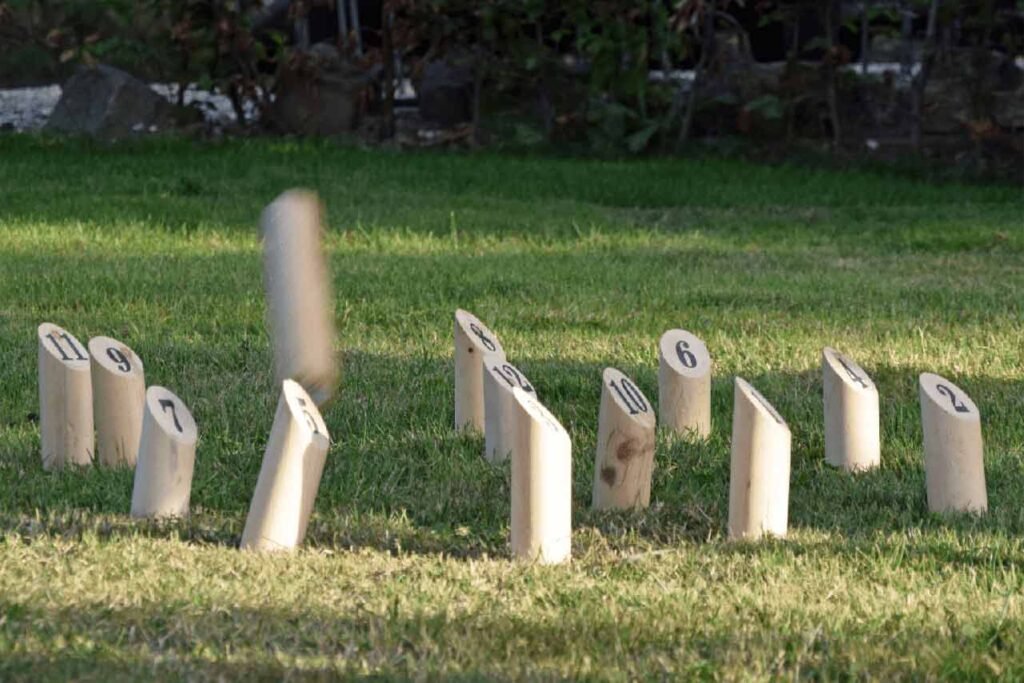
Meet the Contenders: A Quick Introduction
Before we get into the nitty-gritty, let’s properly introduce our players.
Mölkky: The Granddad from Finland
Mölkky is the original. Born in Finland, this is the classic throwing game that has been bringing families and friends together for decades. It’s steeped in tradition. The name “Mölkky” itself isn’t a brand; it’s the name of the game, like “checkers” or “hopscotch.” The Finnish company Tuoterengas is credited with developing and popularizing the modern version. This is the authentic, old-school experience. It’s the game your more traditional or purist customers will be looking for.
Finska: The Modern, Branded Upstart
Enter Finska. This is the new kid on the block, a branded version that took the core concept of Mölkky and gave it a marketing makeover. The term “Finska” is a trademark, owned by a company that saw an opportunity to simplify and popularize the game for a broader, international audience. When someone asks for a Finska set, they’re asking for a specific product from a specific brand, not just a generic game of skittles. It’s sleek, it’s well-marketed, and it’s gained massive popularity.

The Head-to-Head Breakdown: It’s All in the Details
This is where we separate the wood from the trees. The similarities are obvious: you have a throwing pin and twelve numbered pins. But how you play? That’s a different story.
The Scoring System: Where They Truly Diverge
This is the single biggest difference and the one that changes the entire feel of the game.
Mölkky Scoring: A Game of Precision and Strategy
In Mölkky, if you knock over multiple pins, you score points equal to the number of pins you knocked over. Knock over three pins? You get three points. Simple, right? But here’s the twist: if you only knock over one pin, you score the number on that pin. So, if you precisely take down just pin number 12, you get 12 points. This creates a brilliant risk-reward dynamic. Do you go for the cluster for easy points, or do you aim for a high-value single pin? The first player to reach exactly 50 points wins. Go over, and you get knocked back to 25. It’s brutal, strategic, and deeply satisfying.
Finska Scoring: Simplicity and Speed
Finska simplified this. The only way to score is to knock down a single pin. Your score is always the number on that pin. If you knock over more than one pin, your score is zero for that turn. This removes the cluster-scoring strategy and makes the game more about pure accuracy. It’s generally faster to play and easier for beginners to grasp immediately. There’s no penalty for going over 50; you just need to hit it exactly.
The Physical Pin: More Than Just a Log
Take a close look. A traditional Mölkky throwing pin (the “mölkky”) is often a straight, cylindrical log. The Finska throwing pin, however, is famously chunky and hexagonal, designed for a better grip and a distinct rolling action. It’s a small but significant design choice that affects how the game feels in your hand. The numbered pins are largely interchangeable, but that throwing pin is a dead giveaway.
Setup and Gameplay Feel
The initial setup is the same, but the gameplay rhythm is different.
- Mölkky feels more strategic and thoughtful. You’re planning several moves ahead, like a game of wooden chess.
- Finska feels more immediate and athletic. It’s about nailing your shot, every single time.
It’s the difference between a game of darts (Finska) and a game of pool (Mölkky).
So, Which One Should You Stock? The Reseller’s Dilemma.
This is the question that keeps you up at night, isn’t it? You don’t want to bet on the wrong horse.
The answer depends entirely on your market. In Europe, Mölkky has deep roots and strong brand recognition. In other parts of the world, “Finska” has become the genericized name, much like “Kleenex” for tissues. My advice? Do a quick Google Trends analysis for your specific country. See what people are searching for.
Why Not Offer Both? The “House of Skittles” Strategy
Honestly, this is the smartest play. By offering both a classic Mölkky set and a branded Finska-style set, you capture the entire market. You appeal to the purists and the trend-followers. You become the one-stop-shop for premium wooden lawn games. The cost of adding a second, slightly different SKU is minimal compared to the potential of lost sales.

The Kangjie Advantage: Your Secret Weapon for Garden Games
This is where I stop just giving you information and start offering a solution. You know Andy’s pain points: high prices, slow sampling, delayed deliveries. I get it. It’s a nightmare.
At Kangjie, we cut through that noise. We don’t just supply wooden games; we supply certainty.
- Customization is our middle name. Want a set branded as “Mölkky” with the classic rules? Done. Prefer a “Finska”-style set with your own logo burned into that chunky throwing pin? Easy. We’re the source factory, so what you imagine is what you get.
- Speed is everything. I know you can’t wait 8 weeks for a sample. Our sampling time is a fraction of that. We respond to inquiries fast because we know you’re racing against the summer season.
- Quality you can bank on. We understand that “low price” can’t mean “low quality.” Our durable, precision-made games are built to last, ensuring happy customers and repeat business for you.
- MOQ that makes sense. With a minimum order of 500 sets, you can test the market without betting the farm.
Don’t let supplier headaches knock your business off course.
Conclusion
So, are Finska and Mölkky the same? No. But understanding the difference is your superpower. It allows you to cater to a wider audience, make informed inventory decisions, and ultimately, sell more games. It’s not about choosing one over the other; it’s about understanding the opportunity both present.
FAQs
1. Which game is more popular, Mölkky or Finska?
It’s regional. Mölkky is dominant in Europe, while Finska has stronger brand recognition in other international markets like North America and Australia. Stocking both is your safest bet.
2. Is one game easier to learn than the other?
Generally, yes. Finska’s simplified scoring (score only if one pin falls) is often considered easier for children and absolute beginners to grasp immediately.
3. Can I customize the rules when I order from you?
Absolutely! We can provide rule sheets for either classic Mölkky scoring, Finska scoring, or even your own custom rules. The physical set can be customized to suit either style.
4. Do you have the relevant safety certifications for these toys?
Yes, we do. Our products comply with international safety standards like EN71 and ASTM F963, ensuring they are safe for the market and giving you peace of mind.
5. What is the lead time for a 500-set order?
Once the design is finalized, production for a 500-set order typically takes about 30-45 days, plus shipping. We provide a precise timeline with every quote.
Custom Message:
Struggling to find a reliable partner for customizable wooden garden games? At Kangjie, we turn your ideas into profitable inventory with speed, quality, and direct factory prices. Let’s talk about your next order. Visit us at www.kangjiegardengame.com.


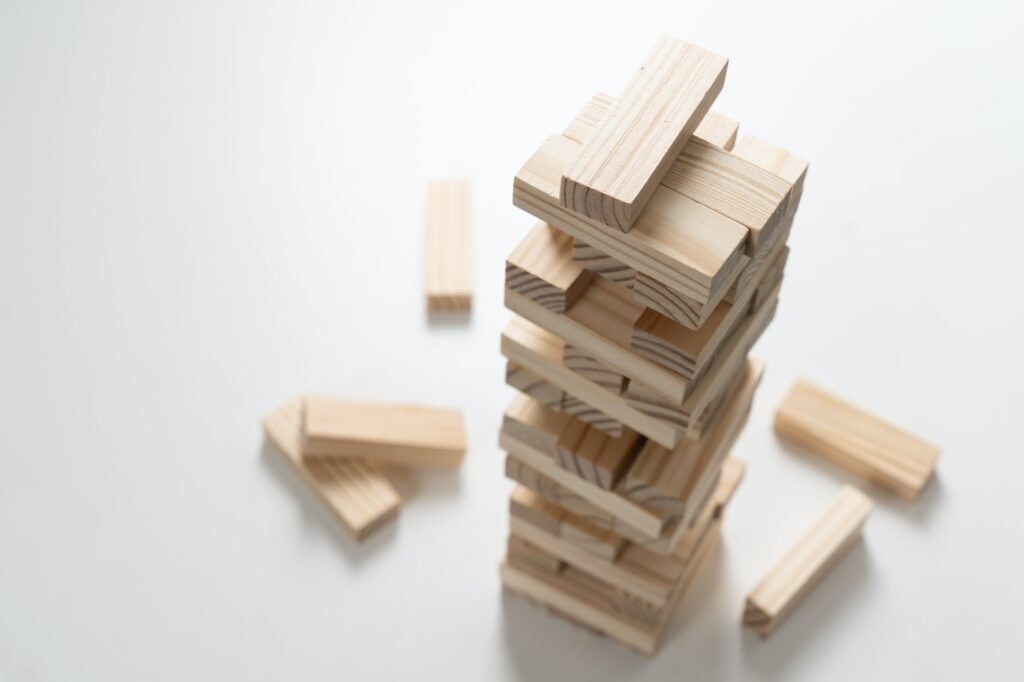
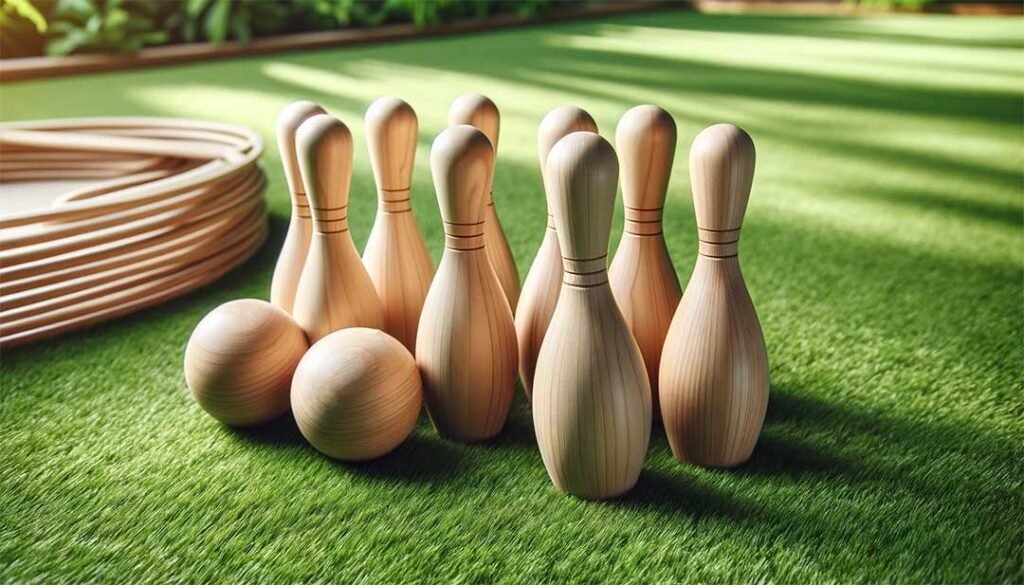
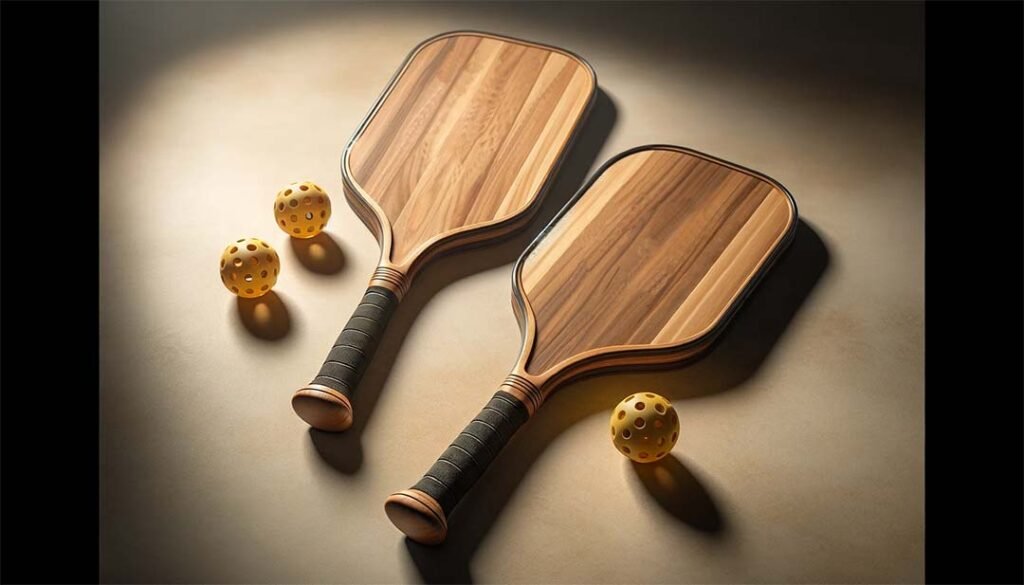
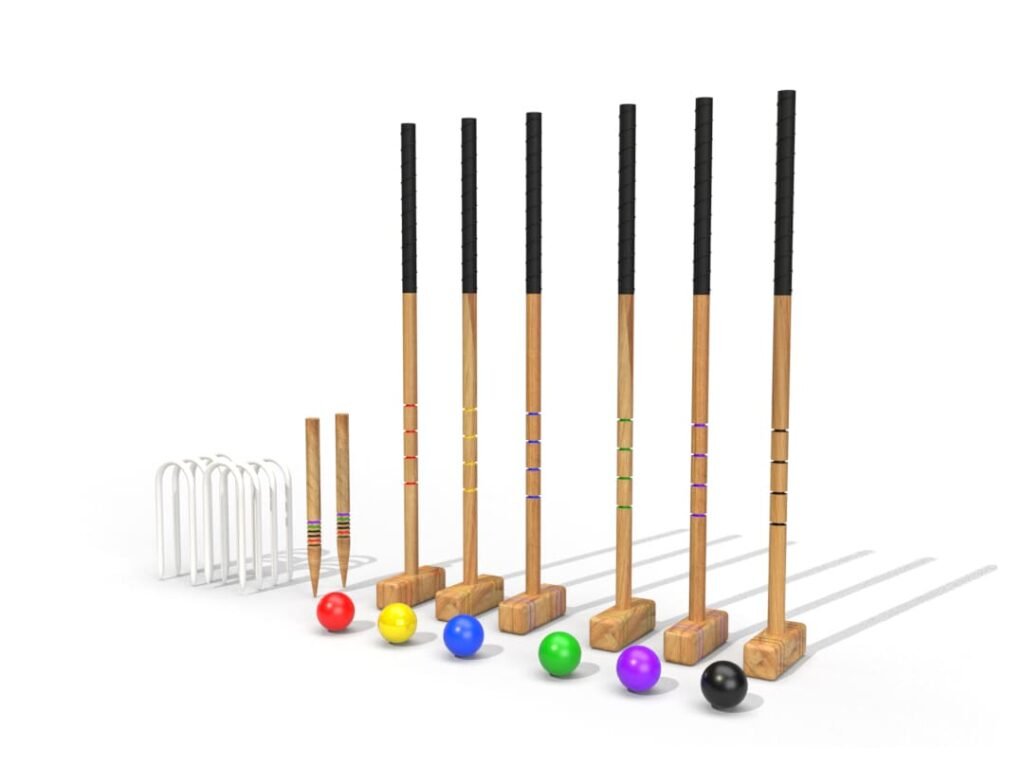
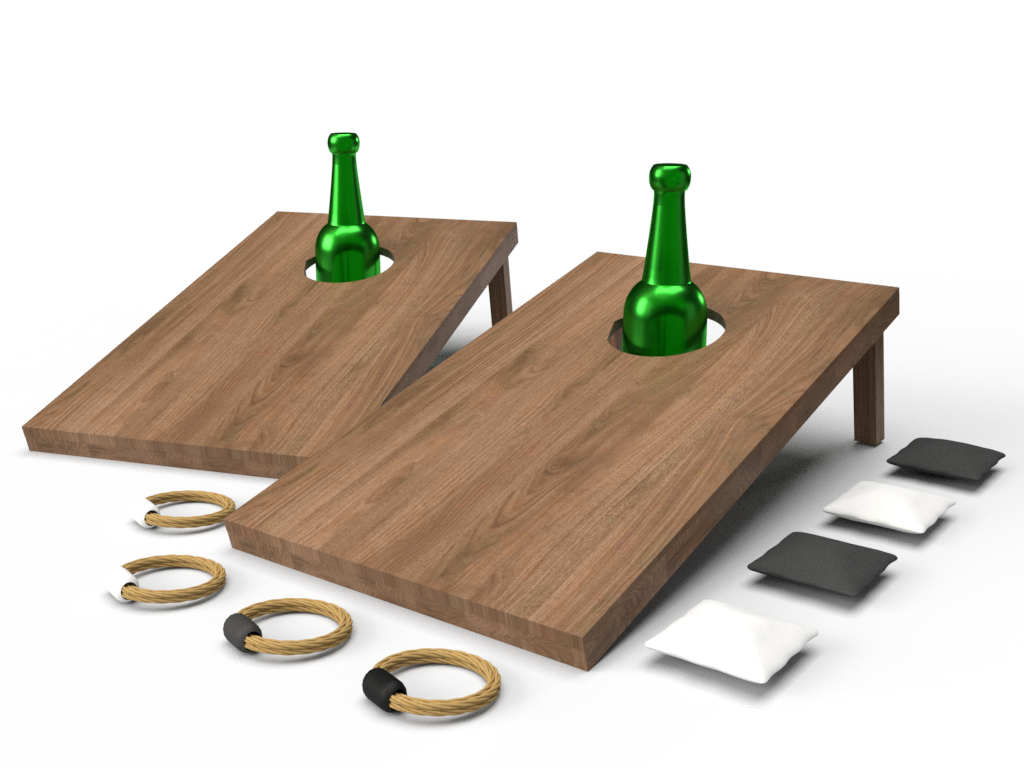

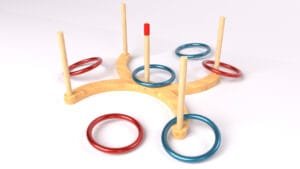
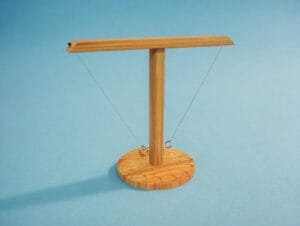
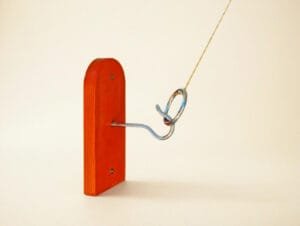
One Response
Exactly what I was searching for, appreciate it for posting.